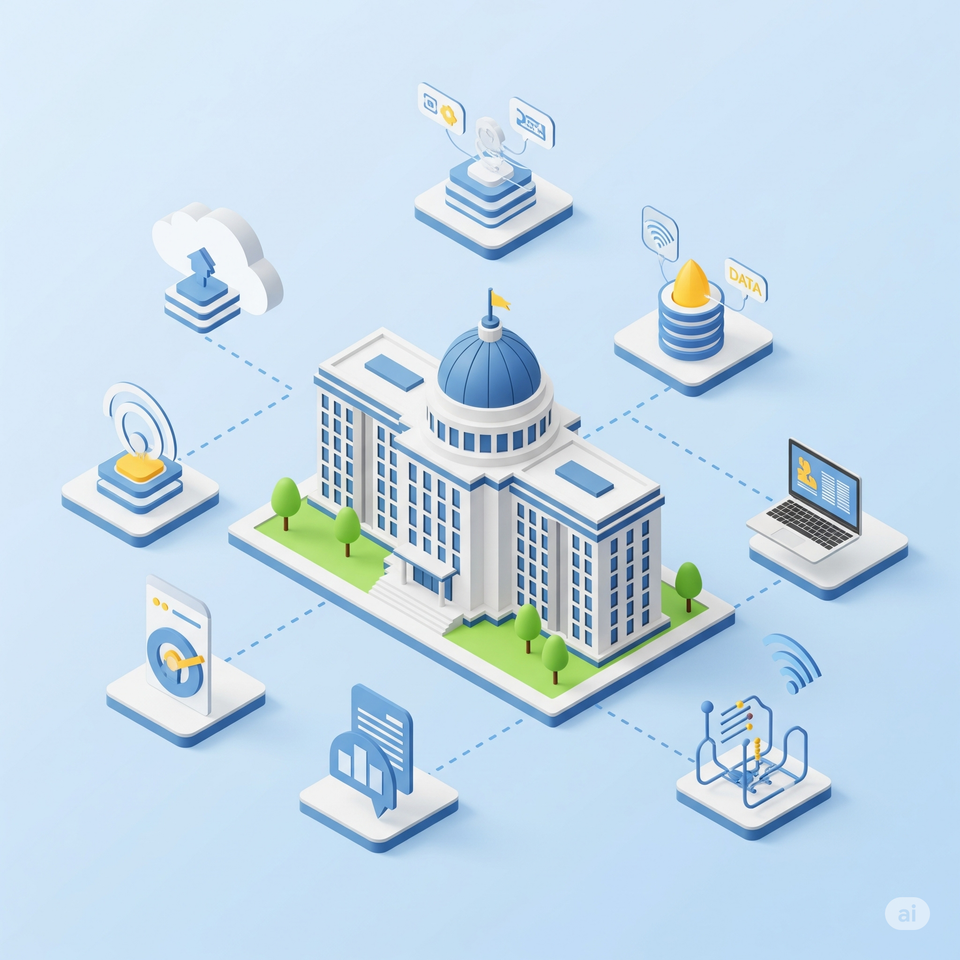What Digital Transformation Really Means in Government (Hint: It’s Not Just Tech)

When governments talk about digital transformation, the focus usually turns to technology. AI, cloud computing, blockchain, and data analytics are often seen as the solution to every problem. But while technology is important, it is not the full story. As a software engineer with over ten years of experience, I have learned that real transformation is not just about tools. It is about changing how people think, work, and deliver public services.
At its core, digital transformation in government means rethinking how services are provided, how citizens interact with the government, and how internal operations function. It is about using digital tools to improve outcomes, make services easier to use, and run government more efficiently and transparently.
1. Building a Culture of Innovation
The biggest challenge is often not technical but cultural. Many government systems are slow to change, with rigid hierarchies and a fear of failure. Real transformation requires creating a culture where new ideas are welcomed, experimentation is encouraged, and teams can respond quickly to change. Instead of long, fixed project plans, governments need flexible, agile approaches that allow for rapid feedback and continuous improvement.
2. Putting Citizens First
Government services have often been built around internal structures, not the needs of the people using them. Digital transformation changes this. It focuses on making services simple, accessible, and consistent across different platforms. This requires understanding what citizens need, gathering feedback, and designing solutions around those needs. Technology supports this shift, but the real goal is better public service.
3. Rethinking Processes, Not Just Going Digital
Turning a paper form into a digital form does not solve the problem if the process itself is broken. Real transformation means reviewing how services are delivered, removing unnecessary steps, and automating tasks when possible. The goal is to make the entire process more efficient and user-friendly, not just digital.
4. Using Data to Make Better Decisions
Data is valuable, but only if used strategically. Digital transformation involves treating data as an asset, building clear rules for how it is managed, ensuring accuracy, and developing the skills to analyze it. This helps governments shift from reacting to problems to anticipating them and making informed decisions based on real evidence.
5. Investing in People
Technology cannot create change on its own. Public servants need the skills to use new tools effectively. This means investing in training, not only in technical skills but also in general digital literacy. Staff should be confident in adapting to new systems and open to new ways of working. At the same time, governments must attract and retain digital talent such as developers, data analysts, and designers.
In summary, digital transformation is not just about adopting new technologies. It is about creating lasting change in how governments think, operate, and serve. Technology can be a powerful tool, but without the right people, culture, and mindset, it will not achieve its full impact. Real transformation happens when technology supports a deeper shift toward more effective, responsive, and citizen-centered government.
